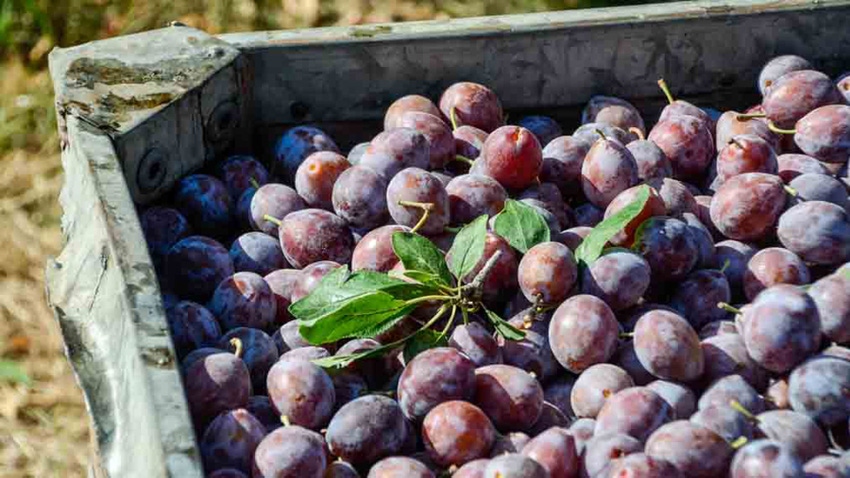
Favorable spring weather during California’s prune bloom period could bode well for the state’s crop, which growers say could harvest a little later than normal.
Growers had to mechanically thin their crop because of the high fruit set, according to Les Heringer, ranch manager, M&T Chico Ranch in Butte County, Calif. This is good news for an industry paid on tonnage. The ability to thin the fruit crop can allow remaining fruit size to increase.
Favorable weather during prune bloom tends to be cooler and wetter, Heringer said. On the flip side, this cooler weather can elongate the growing season, pushing harvest into a period when Northern California can see crop damaging rain. Prunes aren’t the only commodities pushed into a late-season harvest, he said. Tomatoes and rice could also be impacted by late-season planting and an early-season rain.
The California Prune Board is optimistic that the season will size up well for growers who are paid a premium on fruit size, and on tonnage. The industry expects 75,000 short tons of fruit to be harvested later this year.
“We’ve built solid demand and California prune handlers maintain careful inventory management, putting our industry in a pretty steady position,” said Donn Zea, executive director, California Prune Board, in a prepared statement.
Heringer says the California prune industry is in a good state of balance between supply and demand right now with statewide production from about 40,000 acres. Twenty years ago, the industry had 80,000 acres of prunes planted, and that was too much.
Supply/demand balance
Today the California industry, which accounts for 99% of the U.S. supply, and 40% of the global supply, competes in a global marketplace where the supply/demand balance can be skewed quickly by production. Several years ago, the industry had a carry-out of fruit equal to its annual production. Weather issues globally turned that around within a few short years to create the appropriate supply/demand balance the industry enjoys today.
Franz Niederholzer, a University of California farm advisor who specializes in prunes, plums, and other tree crops, agreed that this year’s prune crop seems to be a bright spot among other tree crops that are suffering from low grower returns.
Bloom was late, but crop set has been good, Niederholzer says. Weather during the important early growth phase was relatively mild with no sunburn. Niederholzer expects harvest should start in late August or early September.
“We’ll know more once August arrives,” he said. “First color in prunes means the fruit is mature in roughly 30 days. If the fruit shows no color until around Aug. 1, that should confirm the prediction of a late harvest.”
A key to delivering high-quality fruit this year will be managing the crop load, Niederholzer says. The crop thinning window is closing on growers as management changes will turn towards maintaining good irrigation and nutrient applications. Potassium will be particularly important during this period, he said.
Major pest and disease concerns into the summer months include spider mites, leaf rust, and fruit brown rot. Spider mites can be biologically controlled in cooler weather with selective use of insecticides. Careful scouting is important to avoid mite flare ups, he said. Leaf rust should not be an issue unless summer rains occur.
Fruit brown rot can be an issue with higher humidity and a heavy crop, he added.
About the Author(s)
You May Also Like






